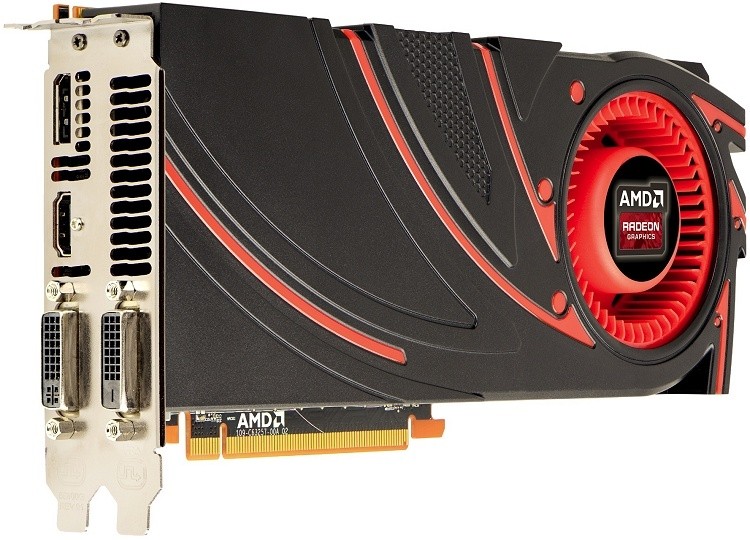
Hidden in the latest AMD Catalyst 15.3 beta drivers, released alongside FreeSync last week, are a few pieces of information that hint at what might be in store for the upcoming Radeon Rx 300 series. Specifically, we might be in for another season of GPU re-brands.
While we're expecting the Radeon R9 380 and above to feature brand new GPUs, the Radeon R9 370 appears to be a straight rebrand of the Radeon R7 270X, which itself was a rebrand of the Radeon HD 8870, a further re-brand of the Radeon HD 7870 GHz Edition. Yes, that would make the R9 370 a fourth-generation rebrand of a card first released in early 2012.
The R9 360, with its 'Tobago' GPU, is reportedly a rebrand or new iteration of the Bonnaire GPU used in the Radeon R7 260, R7 260X and the HD 7790. The upcoming R7 350X, R7 340 and R5 340X all allegedly use Oland GPUs, making them rebrands of the R7 250, R7 240 and R5 240 respectively.
Mobile GPUs from the R5 M320 to the R9 M375X are also thought to be rebrands of previous generation cards, with higher end discrete cards using new GPUs, similar what we're expecting for the desktop line.
The cards were discovered to be rebrands by matching device IDs listed in Catalyst 15.3 with known device IDs for existing GPUs. This understandably isn't the most concrete confirmation, and should be taken with a grain of salt, but it could well give an insight into AMD's plans for the upcoming Rx 300 series.
https://www.techspot.com/news/60128-amd-radeon-rx-300-series-rumored-include-many.html